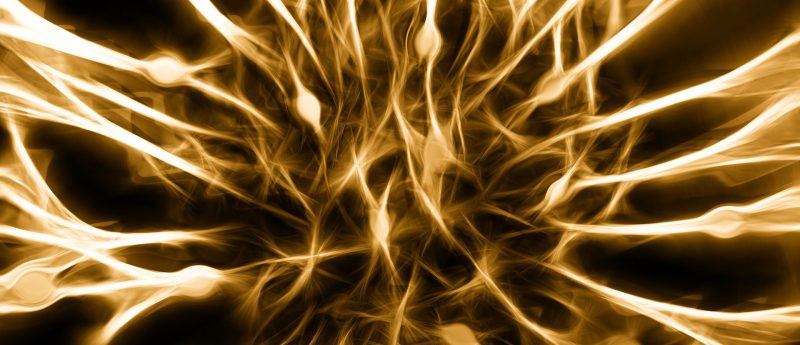Mechanism of precise spinal cord development discovered

Researchers have discovered that signals coming from opposite sides of the spinal cord position the stem cells that will become nerve cells.
Researchers from the Francis Crick Institute (London, UK), the Institute of Science and Technology (Klosterneuburg, Austria) and Ecole Polytechnique Fédérale de Lausanne (Lausanne , Switzerland) have discovered the mechanism by which stem cells that are destined to become nerve cells orientate themselves in a murine model. The discovery could provide insight into regenerative medicine and was recently published in Science.
The mechanism for nerve cell organization in the spinal cord has been poorly understood. To better understand this, the researchers measured morphogen signaling and target gene expression in a murine model. From the experiments the researchers found that cells destined to become nerve cells in the murine model used two different signals spreading from opposite sides of the spinal cord to measure their position accurately.
The researchers also discovered that the amount of the signal coming from each side affected gene activity in developing nerve cells. The gene activity would then cause the cells to develop into the correct cell for that position.
“We have shed light on the long-standing question of how developing tissues produce the right cells in the right place in the right numbers,” concluded study author and group leader James Briscoe (Francis Crick Institute).
“It’s likely that similar strategies are used in other developing tissues and our findings might be relevant to these cases. In the long run this will help inform the use of stem cells in approaches such as tissue engineering and regenerative medicine. However, there is still much more to learn and we need to continue developing these interdisciplinary collaborations to further our biological understanding.”
Sources: Zagorski M, Tabata Y, Brandenberg N et al. Decoding of position in the developing neural tube from antiparallel morphogen gradients. Science. 356(6345):1379-1383.(2017); https://www.crick.ac.uk/news/s…